-79%
Demystifying Orofacial Pain and Temporomandibular Disorders: A Comprehensive Guide
This issue of Dental Clinics delves into the multifaceted realm of orofacial pain and temporomandibular disorders, providing invaluable insights and practical guidance for dental professionals. Let’s embark on a comprehensive exploration of the topics covered:
1. Clinical Assessment of the Patient: A Holistic Approach
Diagnosing orofacial pain and temporomandibular disorders requires a thorough assessment that encompasses both subjective and objective findings. The patient’s history and examination are essential in unraveling the root cause of their symptoms. This article explores the key elements of a comprehensive clinical assessment, including:
- Eliciting a detailed patient history to gather information about onset, duration, location, and intensity of pain
- Performing a physical examination to assess range of motion, temporomandibular joint tenderness, and muscle function
- Employing specific tests and maneuvers to evaluate joint stability, crepitus, and tenderness
2. Diagnostic Imaging for Precise Diagnosis
Radiographic imaging plays a crucial role in confirming the diagnosis of temporomandibular disorders and orofacial pain. This article delves into the various imaging modalities used, highlighting their strengths and limitations:
- Conventional radiography provides basic information about bone structures and gross abnormalities
- Panoramic radiography offers a wider field of view, aiding in the detection of mandibular fractures and cysts
- Computed tomography (CT) produces cross-sectional images, enabling detailed visualization of bone and soft tissues
- Magnetic resonance imaging (MRI) provides intricate images of soft tissues, including muscles, nerves, and joint structures
3. Differential Diagnosis: Distinguishing Between Mimickers
Orofacial pain and temporomandibular disorders often mimic other conditions, making differential diagnosis crucial. This article explores various factors to consider in ruling out other potential causes of pain:
- Non-dental causes include sinus infections, migraines, and trigeminal neuralgia
- Dental causes include caries, pulpitis, and periodontal disease
- Psychogenic factors can also contribute to orofacial pain, such as somatoform pain disorder and depression
4. Intraoral Pain Disorders: A Common Source of Discomfort
Intraoral pain disorders encompass a diverse range of conditions that affect the soft and hard tissues within the mouth. This article examines the various types of intraoral pain disorders, including:
- Caries, the most prevalent type of dental pain caused by bacterial infection
- Pulpitis, an inflammation of the tooth’s pulp, resulting in severe pain
- Periodontal disease, a bacterial infection that affects the gums and supporting structures
- Mucosal lesions, such as ulcers, canker sores, and lichen planus
5. Myofascial Pain: Understanding Muscle-Related Pain
Myofascial pain is a common cause of facial and head pain. This article explores the mechanisms of myofascial pain and discusses various treatment approaches:
- Trigger points, localized areas of muscle tension and pain, are often the underlying cause
- Manual therapy techniques, such as massage and acupuncture, can alleviate muscle spasms and reduce pain
- Medications, including muscle relaxants and anti-inflammatories, can provide symptomatic relief
6. Articular Disc and Joint Disorders: The Importance of TMJ Function
Articular disc and joint disorders involve abnormalities in the temporomandibular joint (TMJ), which connects the jaw to the skull. This article discusses the different types of TMJ disorders, their causes, and treatment options:
- Internal derangement of the TMJ, displacement or damage to the disc that separates the joint surfaces
- Osteoarthritis, a degenerative joint disease that affects the cartilage and bone
- Rheumatoid arthritis, an autoimmune condition that affects synovial joints, including the TMJ
7. Cranial Neuralgias: Trigeminal and Glossopharyngeal
Cranial neuralgias are severe headaches caused by inflammation or damage to specific cranial nerves. This article explores the two main types of cranial neuralgias that affect the orofacial region:
- Trigeminal neuralgia, a chronic pain condition that affects the trigeminal nerve, causing electric shock-like pain
- Glossopharyngeal neuralgia, a rarer condition that affects the glossopharyngeal nerve, causing pain in the throat and ear
8. Neuropathic Orofacial Pain: Damage to Nerve Fibres
Neuropathic orofacial pain is caused by damage or dysfunction of nerve fibres. This article discusses the various causes and treatment options for this type of pain:
- Postherpetic neuralgia, a chronic pain condition that develops after an outbreak of herpes zoster (shingles)
- Trigeminal neuropathic pain, a type of chronic pain that affects the trigeminal nerve
- Peripheral nerve injuries can also lead to neuropathic orofacial pain
9. Burning Mouth Disorder: When the Mouth Burns
Burning mouth disorder is a chronic oral pain condition that causes a burning or scalding sensation in the mouth. This article examines the potential causes and treatment approaches for this debilitating condition:
- Xerostomia, or dry mouth, can contribute to burning mouth disorder
- Fungal infections, such as candidiasis, can also cause burning sensations in the mouth
- Medications and systemic diseases can also be underlying factors
maybe you like these too:
- Evidence-Based Women’s Oral Health, An Issue of Dental Clinics (The Clinics: Dentistry) (Original PDF from Publisher)
- Clinical Electromyography, An Issue of Neurologic Clinics (The Clinics: Surgery) (Original PDF from Publisher)
- Dental Assistants and Hygienists (Practical Career Guides) (Original PDF from Publisher)
- Dannemiller Updates On Pain Review: Conversations with the Experts 2022 (Videos)

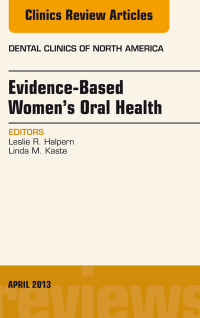
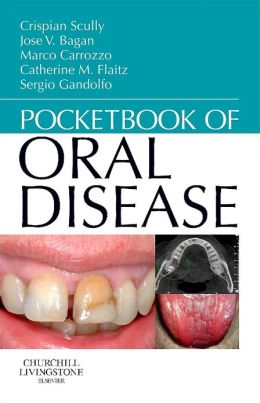
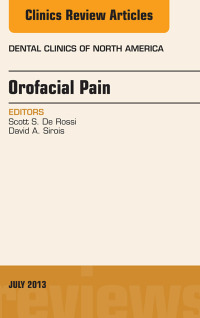
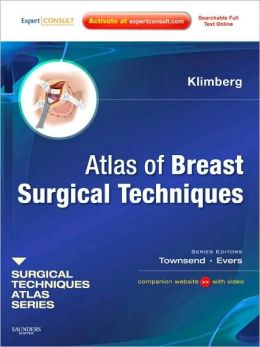
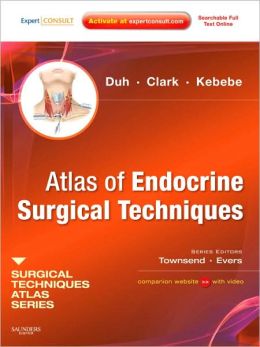
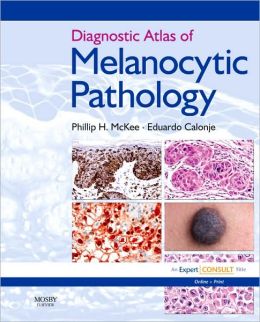
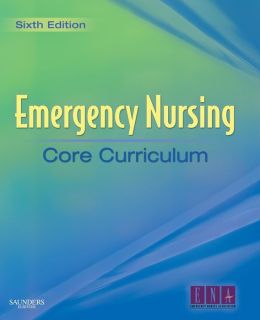
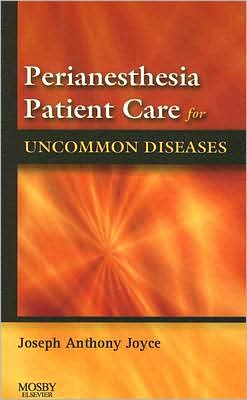
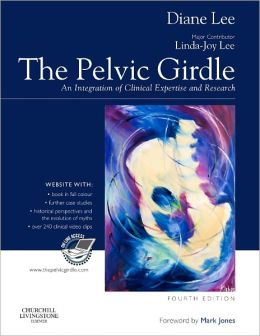
Reviews
Clear filtersThere are no reviews yet.